Creating Visual Six Word Stories--Ending the School Year with My First Lesson Ever!

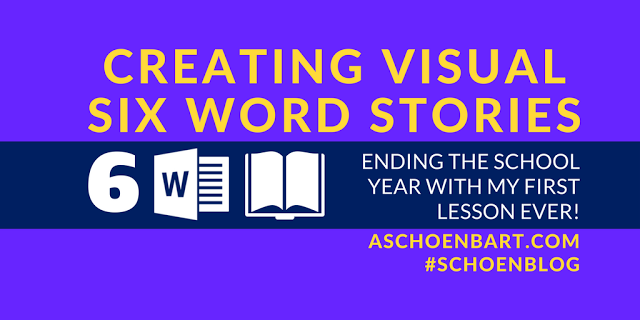
On June 11, 2009 I taught my demo lesson at Ossining High School. That first lesson focused on creating six word stories, and was the start of my full time teaching career. And eight years later, I ended the school year with the very same lesson--I’ve come full circle.
Back then, we read a few stories together, examined the literary tradition, and created our own. Students wrote them on sentence strips, decorated them, and presented them to the class to publish. I even tracked down my original lesson plan in my files--a screenshot is below. As the legend has it, Ernest Hemingway was asked to write a story in six words. His response: “For sale: Baby shoes, never worn.”
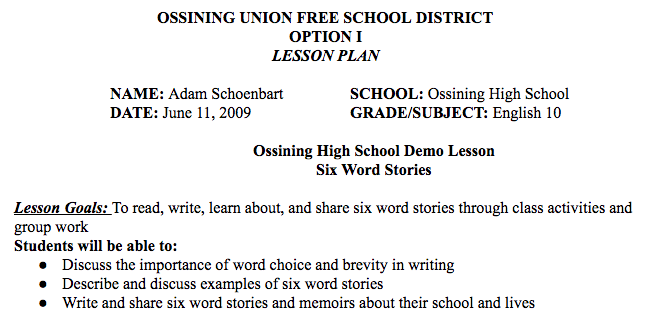
I’ve revisited six word stories a few time since, and enjoy teaching them. They are a fun, low-stakes, and creative way to explore word choice, syntax, and storytelling. This year, I had one last day after our final exam for teaching, and decided to return to the six word story, making connections to the English 9 big idea of identity.
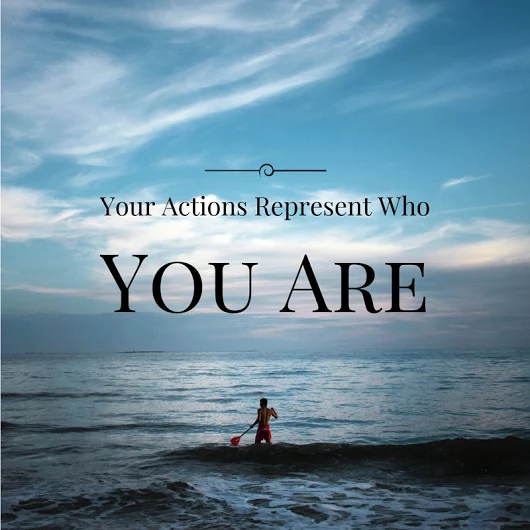
The Activity
Tell your story. Who are you? How have you changed this year? Find your six words.
Those were the directions for the last day of school this year. We started with a funny picture of Steve Carell from the office--the more ridiculous, the better. I asked students to write the story of the picture. Then, we shared some and revised, making them shorter and shorter. Next, they were challenged to reduce their stories to just six words.
We then introduced Hemmingway’s story and talked about its meaning. Next, we looked at other examples of six word stories and visual creations, curated from online sources. Find the slide deck for this lesson here.
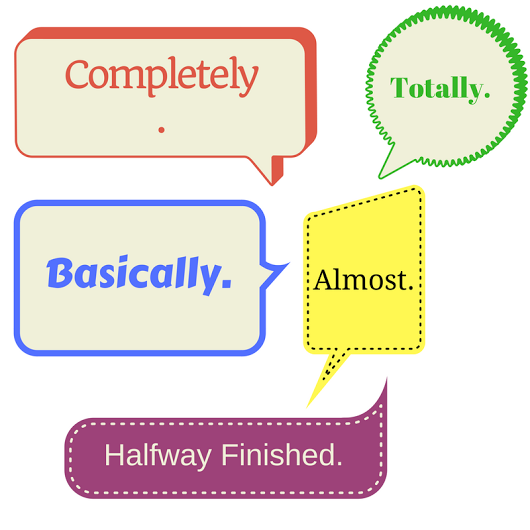
Finally, students were asked to write and create. They took their stories and published them online by creating a visual representation. We briefly discussed the power of backgrounds, colors, fonts, and more, and students used Google Draw and Canva to create their work. Some chose to keep it simple and use paper and markers, too. We hadn’t used Canva in class, so students jumped in and taught each other.
Tools and ideas to transform education. Sign up below.
In the end, we downloaded the files and uploaded them to our class’s Google Community. I’ve been Tweeting some out, too, to share students’ work and stories. You can see some throughout this article and many more below.
Six word stories are fun and creative, and to do them well requires an unexpected amount of critical thinking. Tying them into identity, memoirs, and change throughout the year also added a nice lens of reflection and brought closure to our year together. I also appreciate their versatility--this lesson and activity worked for me, but the concept could be so easily adapted throughout subjects, age levels, and purposes.
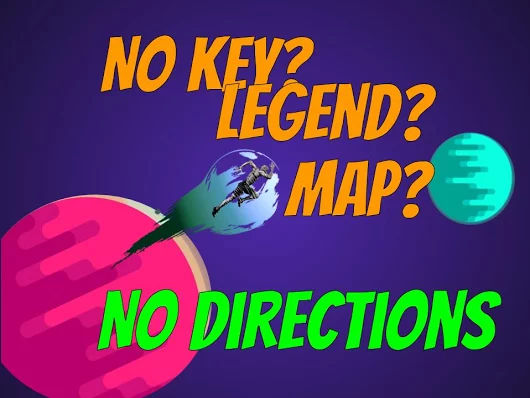
Revisiting six word stories to end the year in the same way I started my career was a fun and somewhat bittersweet teaching moment. It was a nice way to close out the school year with a creativity that really wasn’t there in enough of my class. If you’re looking for an activity in these final weeks of the school, give the six word story or memoir a try. We found our six words; ask your students to find theirs.
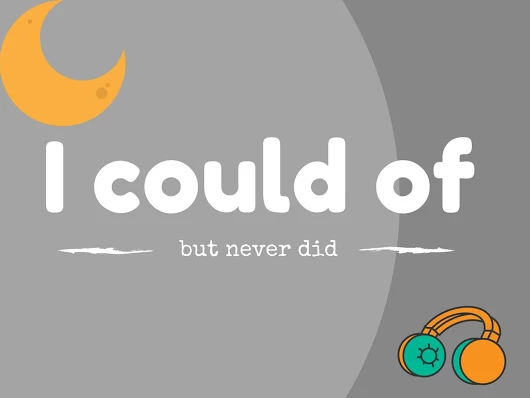
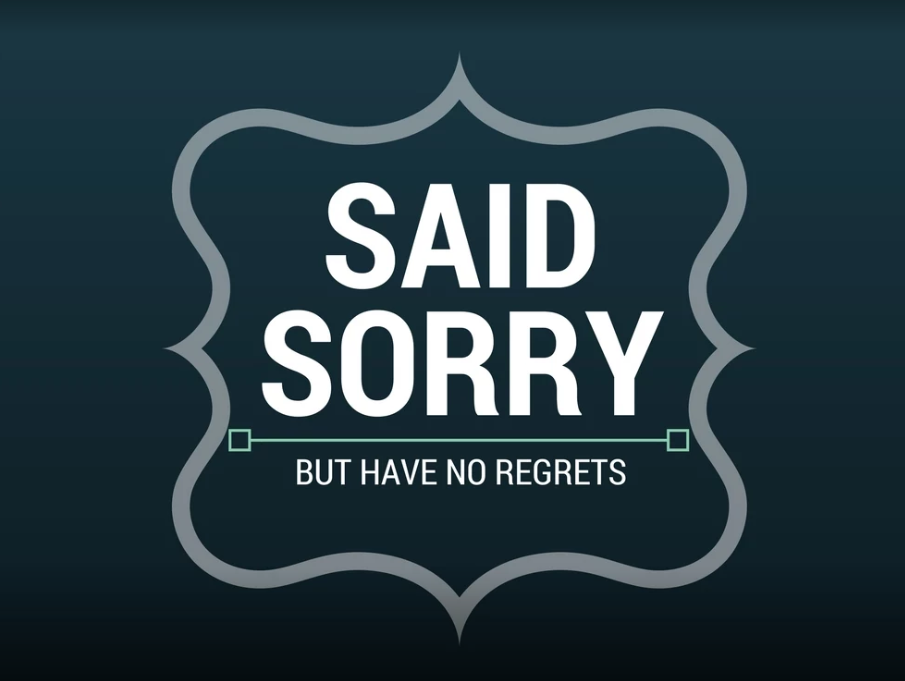
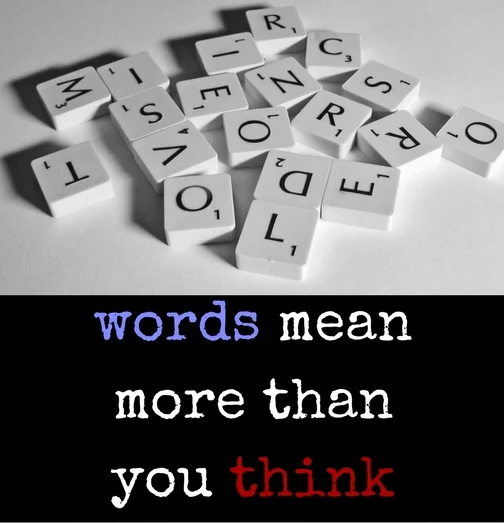

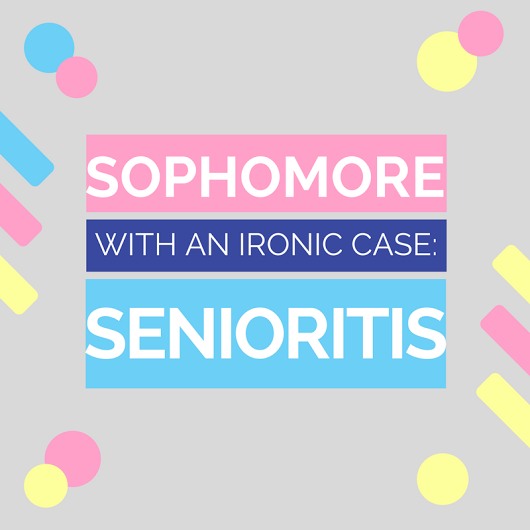
cross posted at www.aschoenbart.com
Adam Schoenbart is a high school English teacher, Google Education Trainer, and EdD candidate in Educational Leadership. He teaches grades 10-12 in a 1:1 Chromebook classroom at Ossining High School in Westchester County, NY and received the 2014 LHRIC Teacher Pioneer Award for innovative uses of technology that change teaching and learning. Read more at The SchoenBlog and connect on Twitter @MrSchoenbart.
